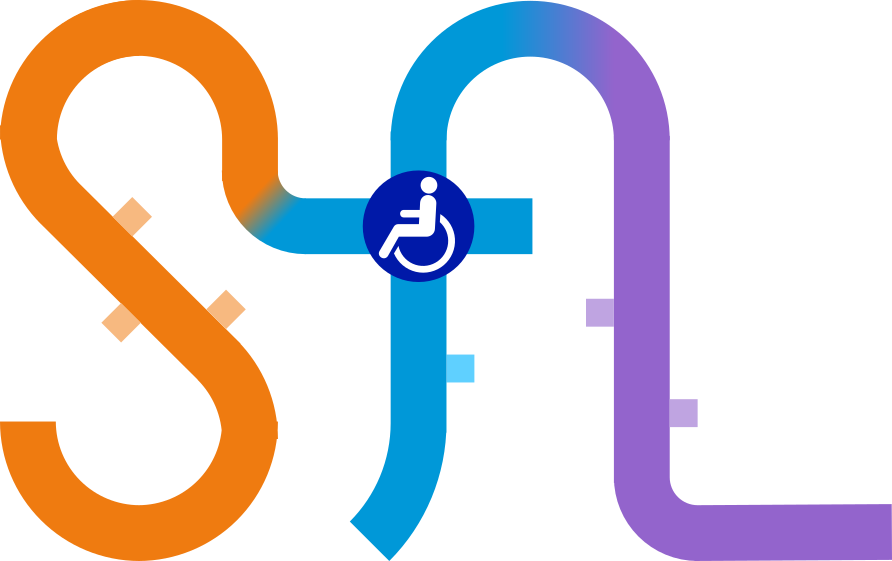Mapping the Development of
Step-free Access Across
London’s Rail Network

Mapping the Development of
Step-free Access Across
London’s Rail Network
Hello there and thank you for viewing my blog!
My name is Tomas and I am very passionate about accessible travel. I am currently residing in Reading and am an avid rail user and enthusiast. I originally became interested in step-free access because of my ex-partner, who is a wheelchair user. While I have always loved travelling by train above any other mode of transportation, my partner used to hate it before we met. Part of the reason was the uncertainty that staff would not be present, either on the train or the station, to get him on and off the train at his local station in Shoreham-by-Sea, which is partially staffed but very prone to staff shortages. Also, in the case of London, there was the belief that most of the network was simply off-limits to wheelchair users.
With a little motivation, we started taking the train to London, not least because I get horrible motion sickness in cars, and I started seeing for myself just how difficult it is for wheelchair users to travel by train. From being forgotten on the train at Vauxhall to being majorly rerouted due to lift closures at Clapham Junction, it was always a bit of an odyssey when we travelled by rail. Despite this, and thanks to the redevelopment of Victoria tube station, we were also able to start making journeys on the Underground, which was the first time my partner was able to enter and exit a train unaided. The expansion of step-free stations, and other developments such as new Thameslink trains and the Elizabeth Line, have made rail transport increasingly easier for wheelchair users and any passengers requiring step-free access. And so, I believe it is important for people to be aware of these changes so that they may take advantage of the progress.
Also, one major barrier to travel is lack of accurate information regarding step-free access. Current official maps are littered with out-dated on downright wrong information, despite repeated calls to remedy this. This prompted me to create my own map, which served as the motivation to creating this blog as a way to share information and resources.
Needless to say, there is a lot that needs to be done to make rail transport an attractive and efficient way to get around for those who have a mobility impairment, but there is also a lot of work currently being done towards that goal. It is my hope that this website will keep readers informed with all the upcoming developments and draw awareness to further steps that should be taken to ensure that everyone has access to such a vital mode of transport.
-Tomas